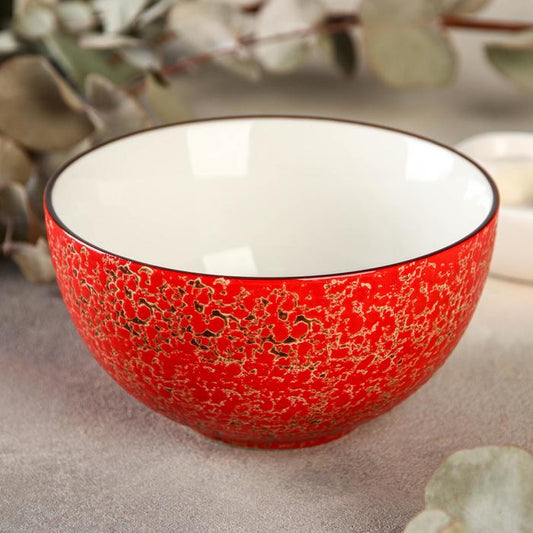Korean Banchan Culture: Why Small Plates Are Big Business
In Korea, no meal is complete without banchan — an array of small plates served alongside rice and soup. From kimchi to pickled radishes, these little dishes represent hospitality, abundance, and balance. Now, the world is catching on, and the shareable dining format is reshaping how restaurants everywhere approach service.

What Exactly Is Banchan?
Banchan refers to the small, complementary dishes that accompany a Korean meal. They can be as simple as seasoned spinach or as elaborate as marinated squid. Typically served in multiples of three, five, or more, they’re placed at the center of the table to be shared, creating a communal dining experience that’s both cultural and culinary.
The Global Appeal of Small Plates
The rise of tapas bars and mezze platters already primed global diners for small plate dining. Banchan builds on that appeal but adds a distinctly Korean rhythm: abundance, variety, and constant refills. For Western restaurants, it’s a format that:
- Encourages sharing and social connection.
- Showcases diverse flavors and textures in one meal.
- Allows chefs to experiment with seasonal or local ingredients.
- Creates a perception of generosity and value.
From Kimchi to Fusion Banchan
Classic banchan includes kimchi, namul (seasoned vegetables), japchae (glass noodles), jeon (savory pancakes), and pickled roots. But as the format travels, chefs are reimagining it for modern audiences:
- California restaurants serve banchan with kale kimchi and avocado namul.
- London gastropubs experiment with kimchi arancini as a small plate.
- High-end dining incorporates banchan-style sides into tasting menus.
Why Restaurants Love It
Beyond cultural storytelling, banchan offers restaurants a business advantage. It increases perceived value without raising menu prices dramatically. Small dishes also help reduce food waste by using seasonal scraps and allowing chefs to rotate options quickly. And in the age of Instagram, a colorful spread of banchan becomes instant visual marketing.
Case Studies: Banchan Beyond Korea
New York: Upscale Korean barbecue restaurants serve over a dozen banchan varieties, from lotus root to soybean sprouts.
Los Angeles: Fusion pop-ups pair Korean banchan with tacos and craft cocktails.
Paris: Contemporary chefs highlight banchan in fine-dining, using local produce like French radishes and Normandy butter in Korean-inspired preparations.
The Future of Small Plate Dining
Banchan is more than a side dish tradition; it’s a philosophy of abundance and sharing. As global diners embrace interactive, shareable formats, expect to see more restaurants adopt the banchan spirit — not just as Korean authenticity, but as a universal language of hospitality.
In the age of communal dining, banchan proves that sometimes the smallest plates make the biggest impact.
Share:





